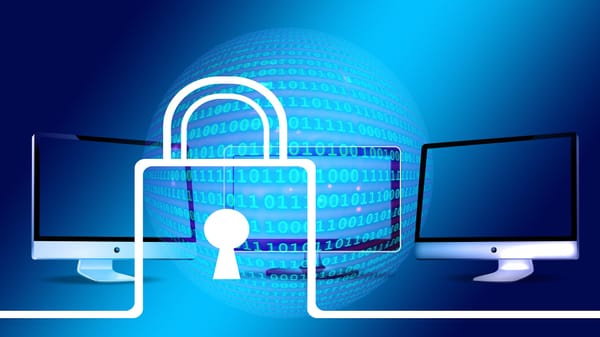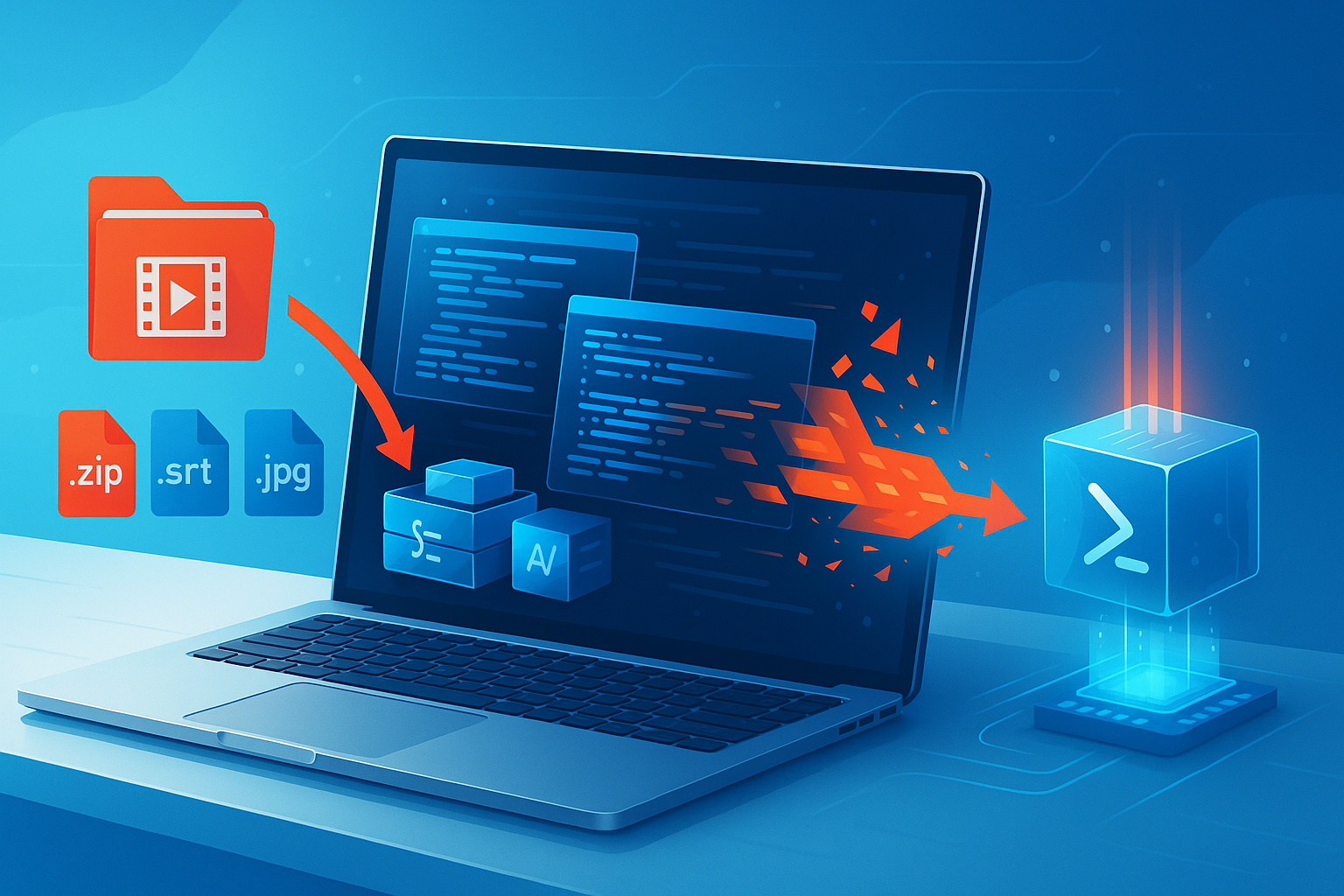Navy Federal Credit Union Data Breach Exposes Backup Files on Credit Union Serving Military Members

Cybersecurity researcher Jeremiah Fowler has once again highlighted the fragility of data security, uncovering an unprotected 378 GB database containing sensitive internal files linked to Navy Federal Credit Union (NFCU).
The database was found publicly accessible without encryption or a password.
While the database has since been secured, the incident highlights the risks millions of members face when organizations or third-party contractors mishandle sensitive data. For individuals, it serves as a reminder that protecting your digital identity is no longer optional.
What Was Exposed
Fowler’s research revealed:
- File formats including .gz, .sql, and .twbx, containing operational metadata, hashed passwords, storage locations, and system logs.
- Internal usernames and emails in plain text, which could be weaponized in phishing or credential-stuffing attacks.
- Tableau business intelligence workbooks revealing database connection details, financial performance formulas, and loan portfolio metrics.
Although no customer data was visible in plain text, the degree of internal detail exposed could have served as a treasure map for cybercriminals planning further intrusions.
“Although I did not see member data in plain text, there are significant potential risks in exposing other types of ancillary information that provides additional insight into the internal systems of a financial institution,” Fowler explained. “Hypothetically, attackers could use internal information (such as names, emails, and user IDs) to target staff or accounts with credential stuffing, phishing, or other social engineering attempts, with the goal of gaining further access to sensitive internal systems, files, or member data.”
Why This Matters to Consumers
Financial institutions are prime targets for cybercrime, and while this incident may not have directly leaked customer account information, it demonstrates just how easily attackers can gain a foothold through exposed infrastructure.
For ordinary users, the risks include:
- Targeted phishing scams against employees or even members.
- Supply chain attacks, where third-party vendors become the weak link.
- Credential stuffing attempts, if staff or member passwords were reused elsewhere.
- Future exploitation, since operational blueprints often remain valuable to attackers long after the exposure.
And once your identity data is compromised, criminals can open lines of credit, take out loans, or even impersonate you online.
How to Stay Safe After a Data Breach
You may not be able to prevent organizations from mishandling data, but you can take control of the security of your own identity.
1. Stay Alert with Bitdefender Digital Identity Protection
Bitdefender Digital Identity Protection continuously scans for your personal information — from email addresses to phone numbers — across data breaches and the Dark Web. If your data appears, you get real-time alerts and actionable steps to limit damage.
2. Go Beyond Alerts with Bitdefender Identity Theft Protection
If criminals misuse your identity, dealing with the fallout can be overwhelming. Bitdefender Identity Theft Protection helps you recover by providing:
- Identity restoration assistance from specialists.
- Credit monitoring and fraud detection.
- Coverage for expenses related to identity theft.
Together, these tools ensure you’re not just warned about risks but also supported if the worst happens.
tags
Author
Alina is a history buff passionate about cybersecurity and anything sci-fi, advocating Bitdefender technologies and solutions. She spends most of her time between her two feline friends and traveling.
View all postsRight now Top posts
Cybercriminals Use Fake Leonardo DiCaprio Film Torrent to Spread Agent Tesla Malware
December 11, 2025
Genshin Impact Scam Alert: The Most Common Tricks Used Against Players
December 05, 2025
How Kids Get Automatically Added Into WhatsApp Groups with Horrific Imagery Without Consent
November 24, 2025
FOLLOW US ON SOCIAL MEDIA
You might also like
Bookmarks








